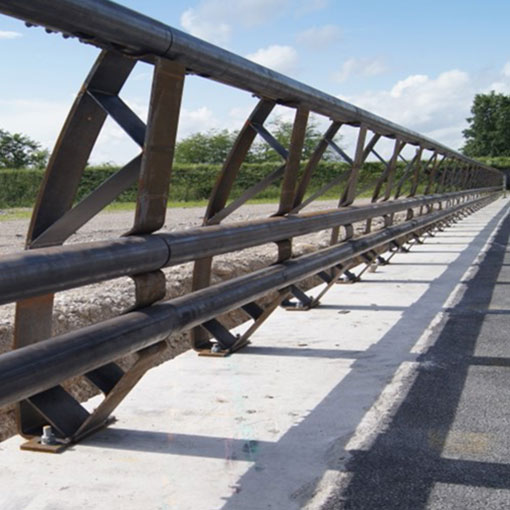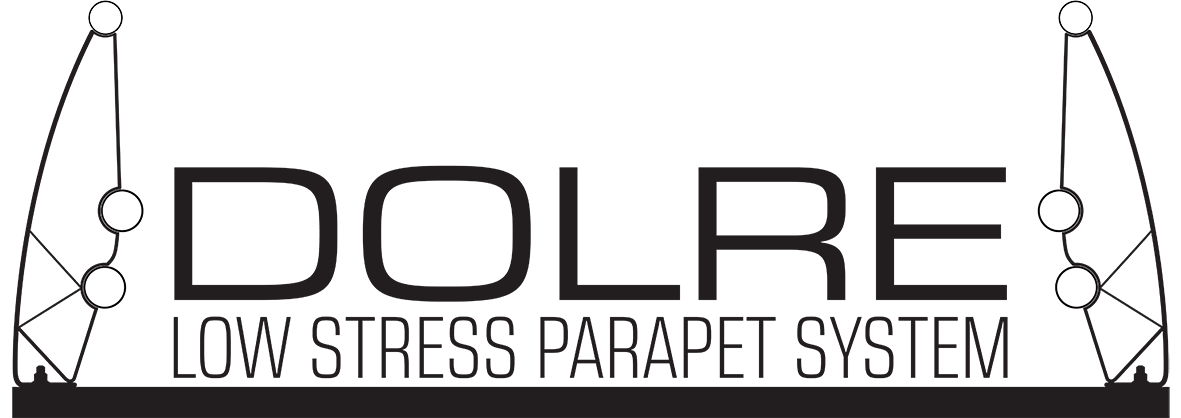




Towards Zero Bridge Fatalities
One of the main challenges is that most existing bridge decks have not been designed with the structural capacity to meet the needs of higher capacity, traditionally designed bridge traffic barriers.
The reason: transfer of impact energy. Put simply, the energy of an impact into a traditional bridge traffic barrier affects more that the just the traffic barrier itself. It flows through the barrier to the bridge deck and then the greater structure.
In many cases, the increase in load from the traffic barrier is too great for the bridge deck capacity, and the bridge deck will be damaged. Thus, the grater majority of existing bridges are unable to be fitted with higher capacity, traditionally designed barriers without first being fitted with additional reinforcement such as carbon fibre – an expensive solution in terms of both time and cost. In some instances, increasing the capacity of the traditional bridge traffic barrier would necessitate a complete replacement of the bridge deck.
The solution: The innovative solution to this common problem has come in the form of a bridge traffic barrier system developed by Belgian bridge engineer, David De Saedeleer, a director of Belgian manufacturer Desami.
Working with world-renowned FEA specialists Global Design Solutions (GDTech), Desami developed a ground-breaking design that restricts the energy from the vehicle impact to a fraction of the capacity of the bridge deck, resulting in a low load in the bridge deck.
Known as the DOLRE Low Stress Parapet System, this world-leading bridge traffic barrier system has been fully crash tested to European Standards and simulated to US MASH TL4 requirements, and has been Approved by ASBAP for use throughout Australia.
Ideal for bridge refurbishment projects, the DOLRE Low Stress Parapet System offers a cost-effective and easy to install method of upgrading existing bridges to meet the current Standard without the need for significant and expensive deck strengthening or deck replacement works. DOLRE also offers the added advantage of being easy to dismantle and remove in times of flood, thereby helping to significantly reduce the risk of damage to valuable bridge assets.
